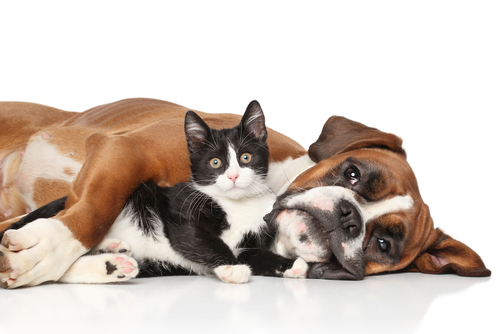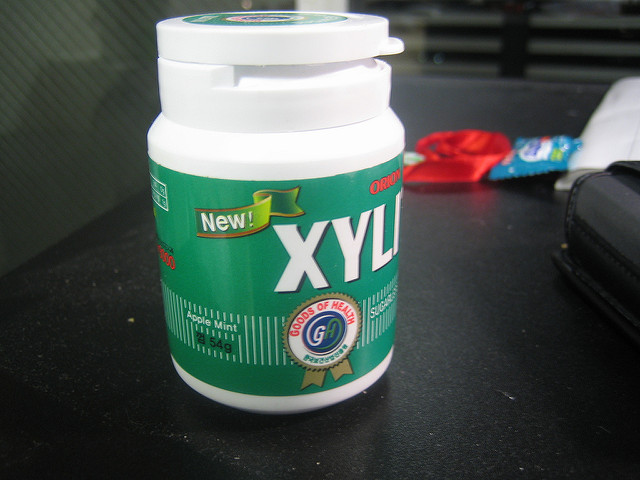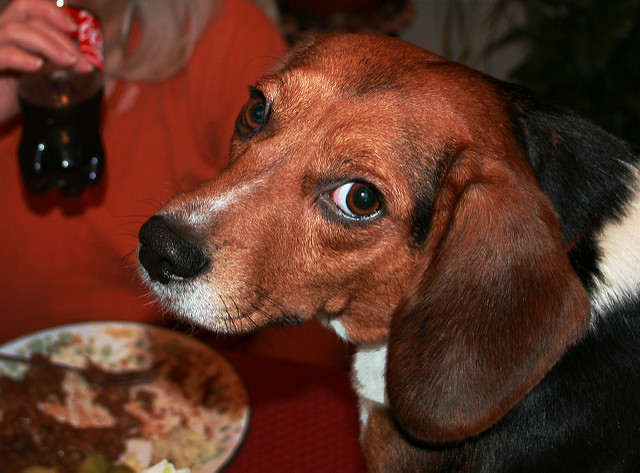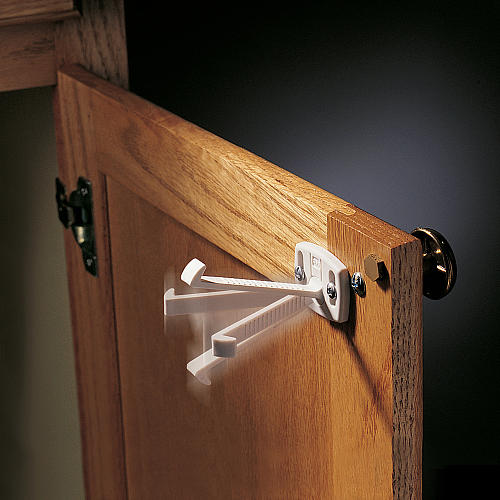
One of the most common and yet preventable vet bills is accidental poisoning of your pet. Since 2013, Trupanion has paid out over $2.9 million in pet toxicity claims – and that’s just one insurance company. Not to mention the thousands of pets that don’t have insurance. In honor of Poison Prevention Awareness Month (March) and National Poison Prevention Week (March 20-26), we have rounded up some simple ways to make sure your pet does not become a statistic.
Proofing
Proofing your house means making sure things that are hazardous to your pet are not within reach.
“Kittens and puppies are much more curious than adult dogs. When you add a new kitten or puppy to the family, it is absolutely critical that the home be ‘proofed,’” says Dr. Petryk on-staff veterinarian at Trupanion.
So if you are bringing home a new pet, now is the perfect time to do this. But even if your dog is an adult and you’ve owned him or her for a while, its spring cleaning is always a good time to make sure hazards are out of reach.
When proofing, don’t forget:
- Put things such as cleaners, medications, food (remember human foods can be toxic to pets!) in high cupboards your pets can’t reach.
- If you must use lower cupboards, such as under the sink, for cleaners, garbage or food, install baby locks to prevent your pets from getting into them.
- Make sure any real plants are pet-safe or out of reach of your dog. If you own a cat, fake plants are best. (Unless it’s wheat grass or catnip of course!)
- Dr. Petryk recommends swapping out chemical cleaners for all natural ones like apple cider vinegar.
- Make sure purses are not left on the floor or within easy reach – this is one of the main places pets exposed to xylitol gum and candies and medications. Dr. Petryk warns that often guests are the culprits here! Offer to take their bags or ask them to kindly zip them up for your pet’s safety.
Management
Your pets are your responsibility – they don’t know what’s toxic for them, especially when our food smells so good (and so do many of our chemicals!). Management means you are watching your pet, especially a puppy or kitten.
Tips to management:
- Keep your pet within eye sight at all times if you know they are prone to getting into things.
- For puppies or dogs, if you can’t watch ‘em, crate ‘em! This eliminates the fear of coming home to a poisoned animal (or destroyed house).
- Tethering (attaching your puppy to you with a long leash) also works great so you can move about your house and keep your puppy with you.
- For kittens, have a totally cat-proofed enclosed area/room you can use to keep them safe when you go to work. Bathrooms that have the cupboards cleared out are an easy option.
Also, you need to be responsible for your actions.
“We are easily distracted with all that is going on in our lives, but if you are cleaning, dealing with any chemicals or your medication, it’s vital to be present and aware of where you leave these in order to prevent accidental poisoning,” Dr. Petryk says.
This means, don’t get distracted by the phone ringing and leave your bathroom cleaner on the floor; don’t be running so late for work that you leave your lunchtime medications on the counter where your Great Dane or cat has access to them. Sparing five seconds to stop and think about whether everything is put away or not may save your pet’s life.

Training
Of course, training is essential here too. Teach your puppy leave it and drop, and help them understand what they can and cannot chew by trading a toy for whatever they have that they shouldn’t.

But remember the old saying – “when the cat’s away the mouse will play!” I don’t care how well trained my dog’s are – I can leave a full plate of food at their level when I go into the kitchen and they won’t touch it – I still would not expect them to do the same if I was not in the house at all! Dogs and cats are opportunist – if you aren’t around, they will most likely get into things. Why take the chance? So no matter how well-trained your dog (or cat!) is, it’s still a good idea to have a fully-pet safe area to enclose them in when you are not at home – unless you have pet-proofed your entire home.
When it comes to keeping your pet safe, better safe than sorry!


